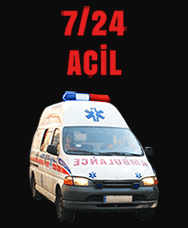Introduction: Distal finger replantations are technically difficult operations due to small vessel sizes and narrow field of vision. The results of 25 distal finger replantations performed by dorsal approach are presented. The technical benefits and details of this technique is discussed with a literature review. Patients and methods: Twenty-five distal finger replantations were performed by dorsal approach. In dorsal approach volar skin was repaired first and arterial and venous repairs were performed from dorsal side before bone fixation and nailbed repair. Twenty-one cases were Tamai zone I amputations 4 cases were Tamai zone II amputations. 3 amputations were in children and the other patients were adults. Nine amputations were transverse type and the others were oblique amputations. Results: Twenty-three fingers survived and 2 fingers were lost despite revision surgeries (92% success rate). Dorsal approach provided about 2 times wider exposures compared to the volar approach. Fourteen patients had external bleeding to prevent congestion. Mean duration of external bleeding was 6.8 days (range, 628 days). Mean hospitalization period was 7.7 days (range, 6210 days). The mean follow up period was 13 months (range, 6228 months). Six patients had nail deformity. Four patients had pulp atrophy. Three patients had restriction of range of motion in distal interphalangeal joint. Conclusion: Dorsal approach provides a better exposure of vessel repair sites without tension and helps in technical difficulties of distal finger replantation. All types of distal finger amputations are amenable to dorsal approach for vascular repairs and oblique amputations are ideal ones. VC 2016 Wiley Periodicals, Inc. Microsurgery 36:628–636, 2016.









